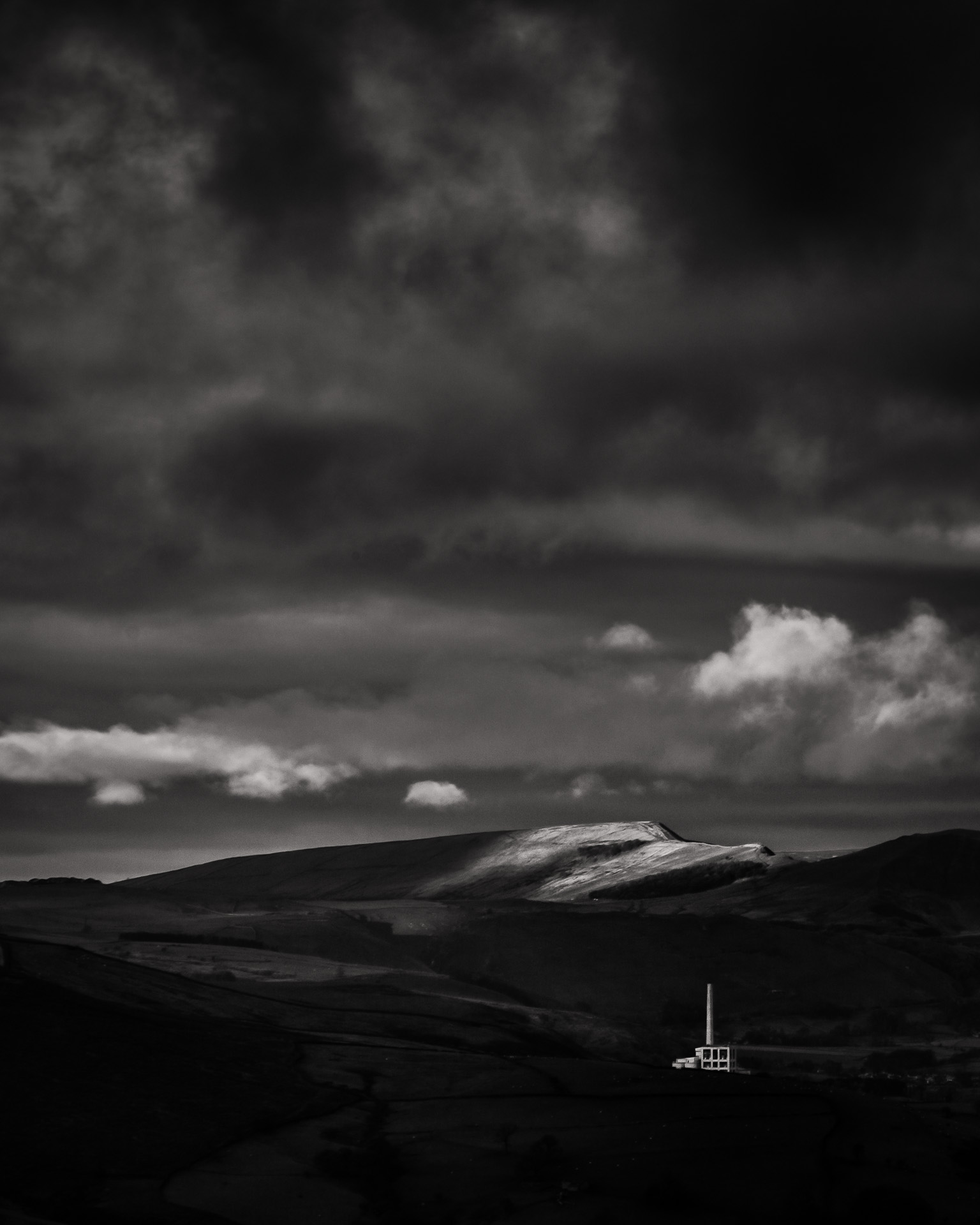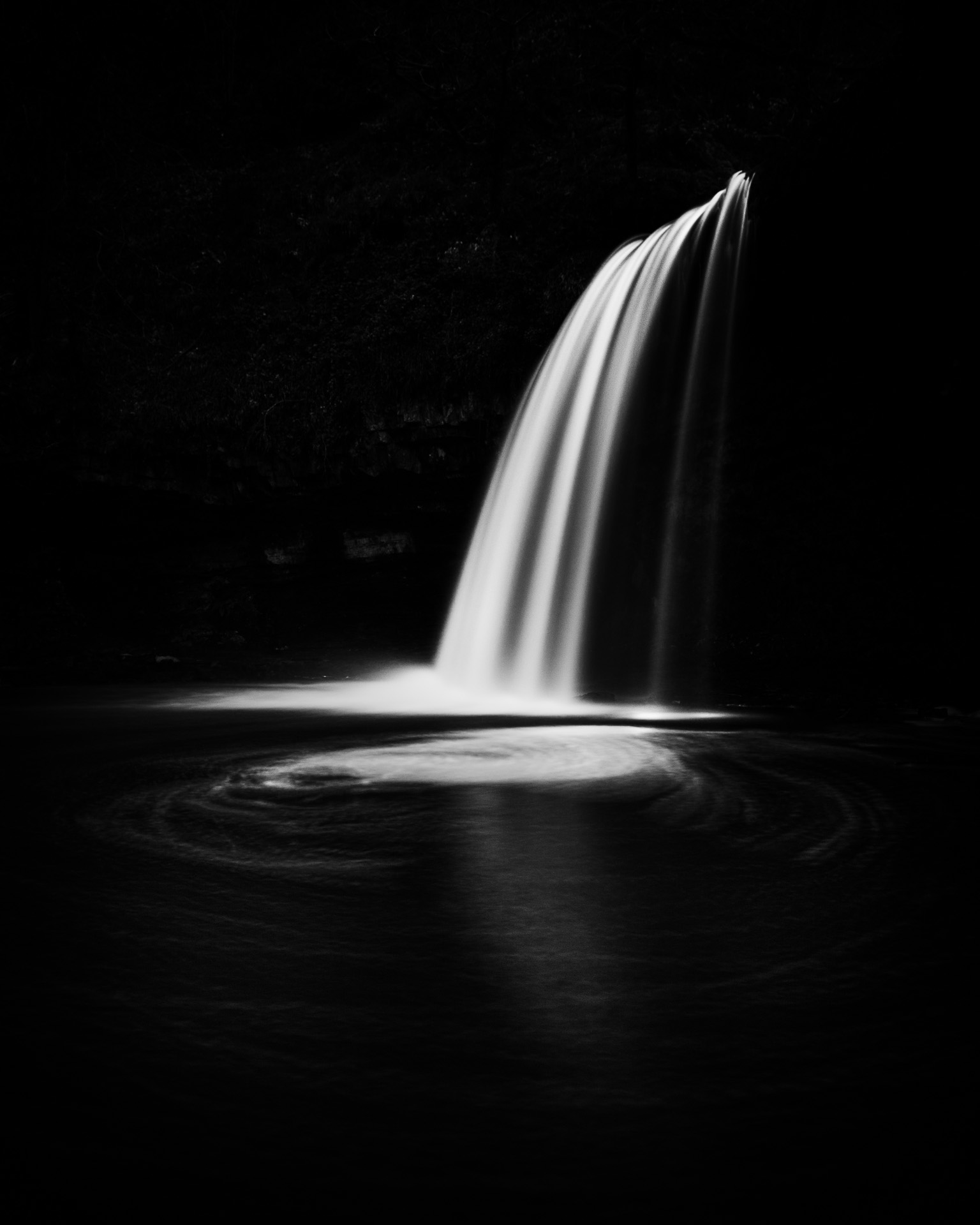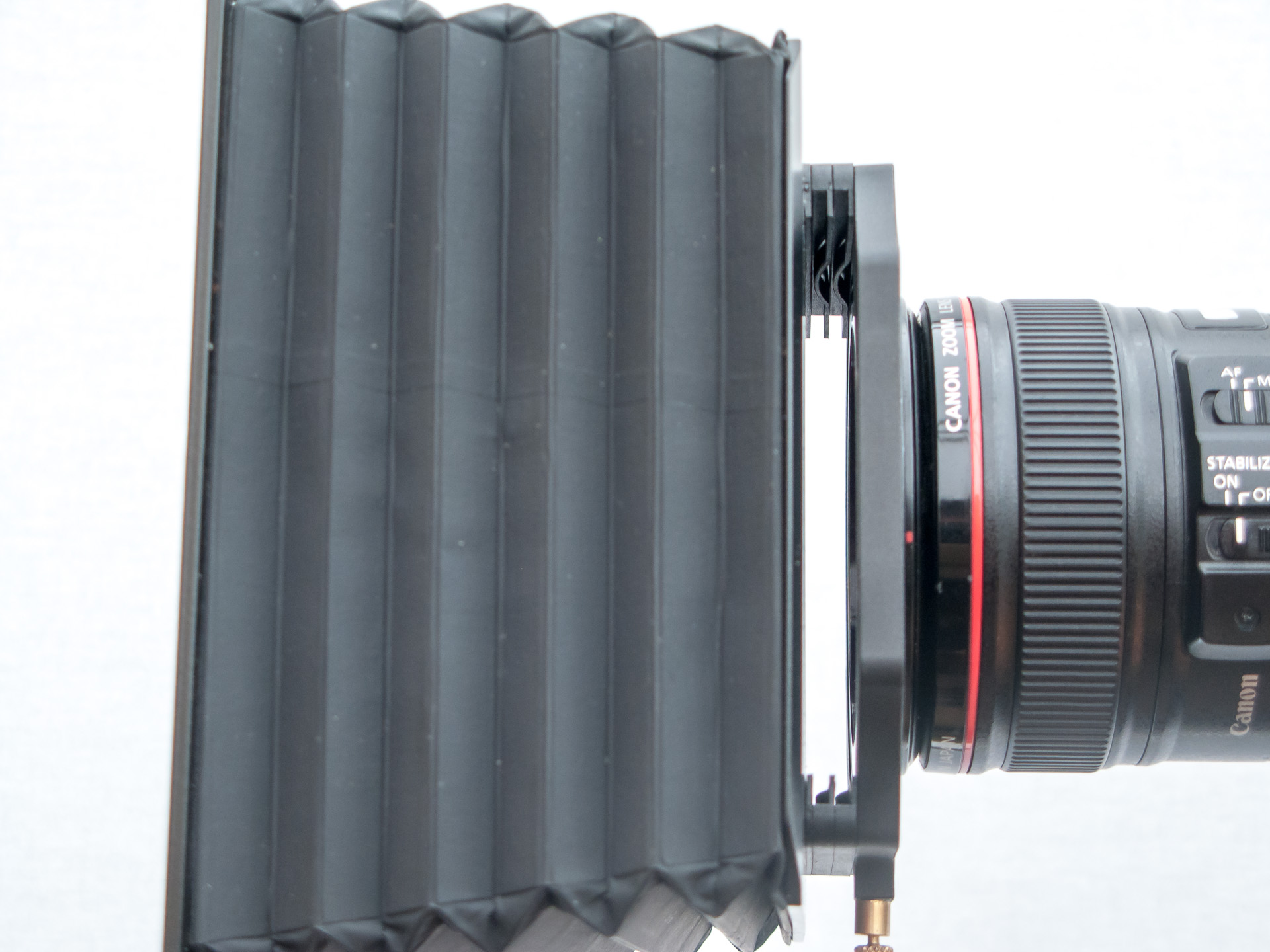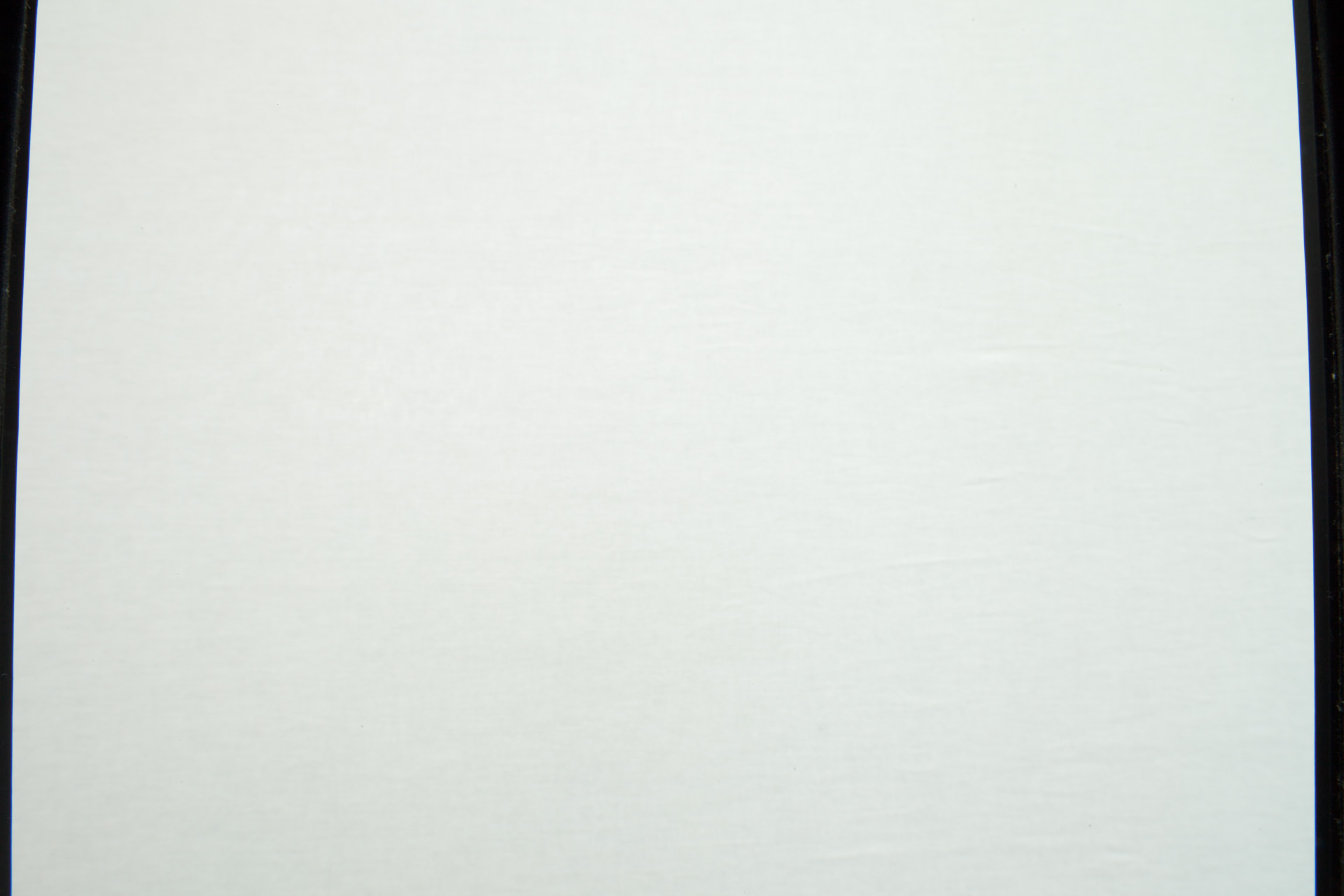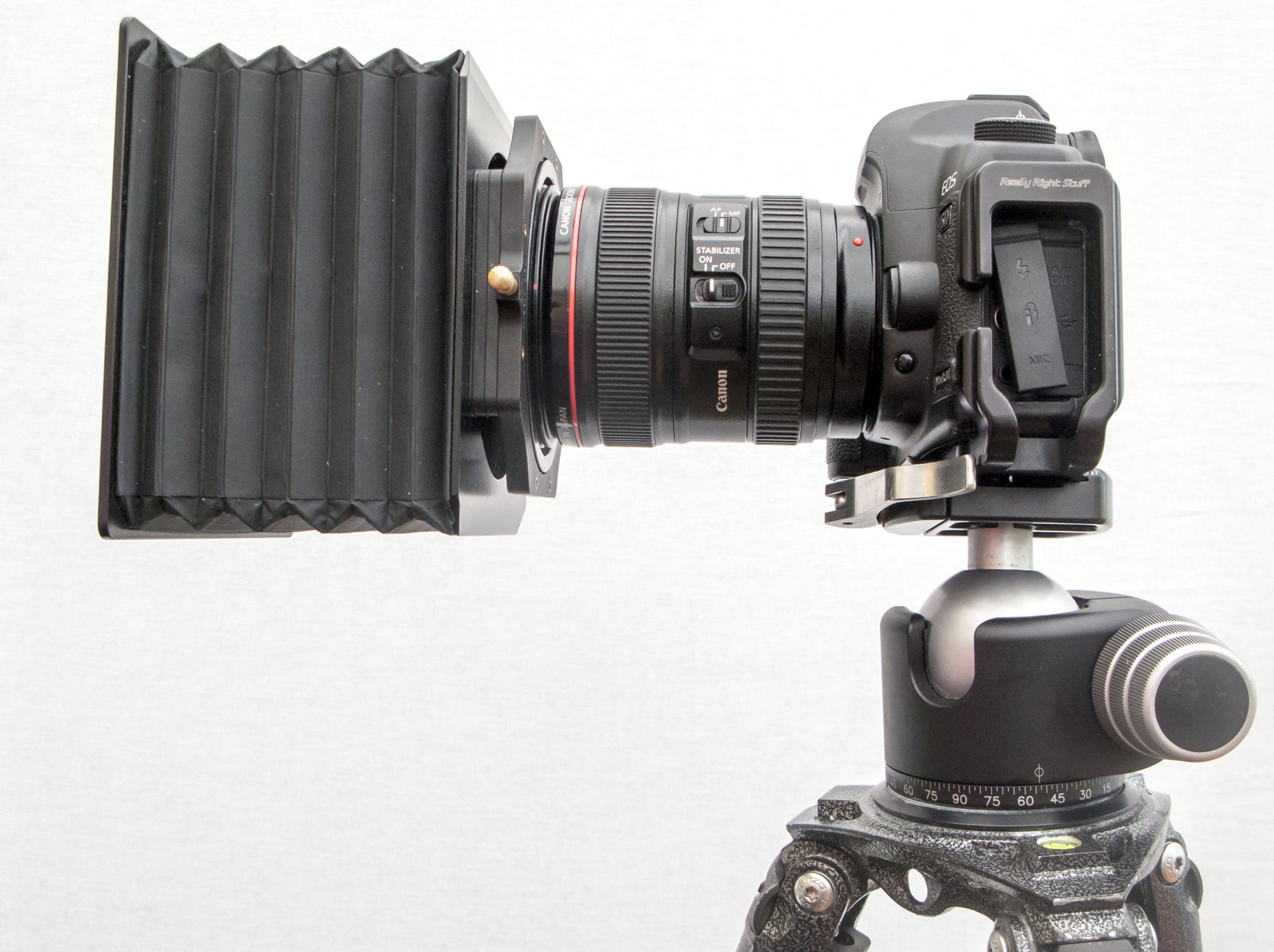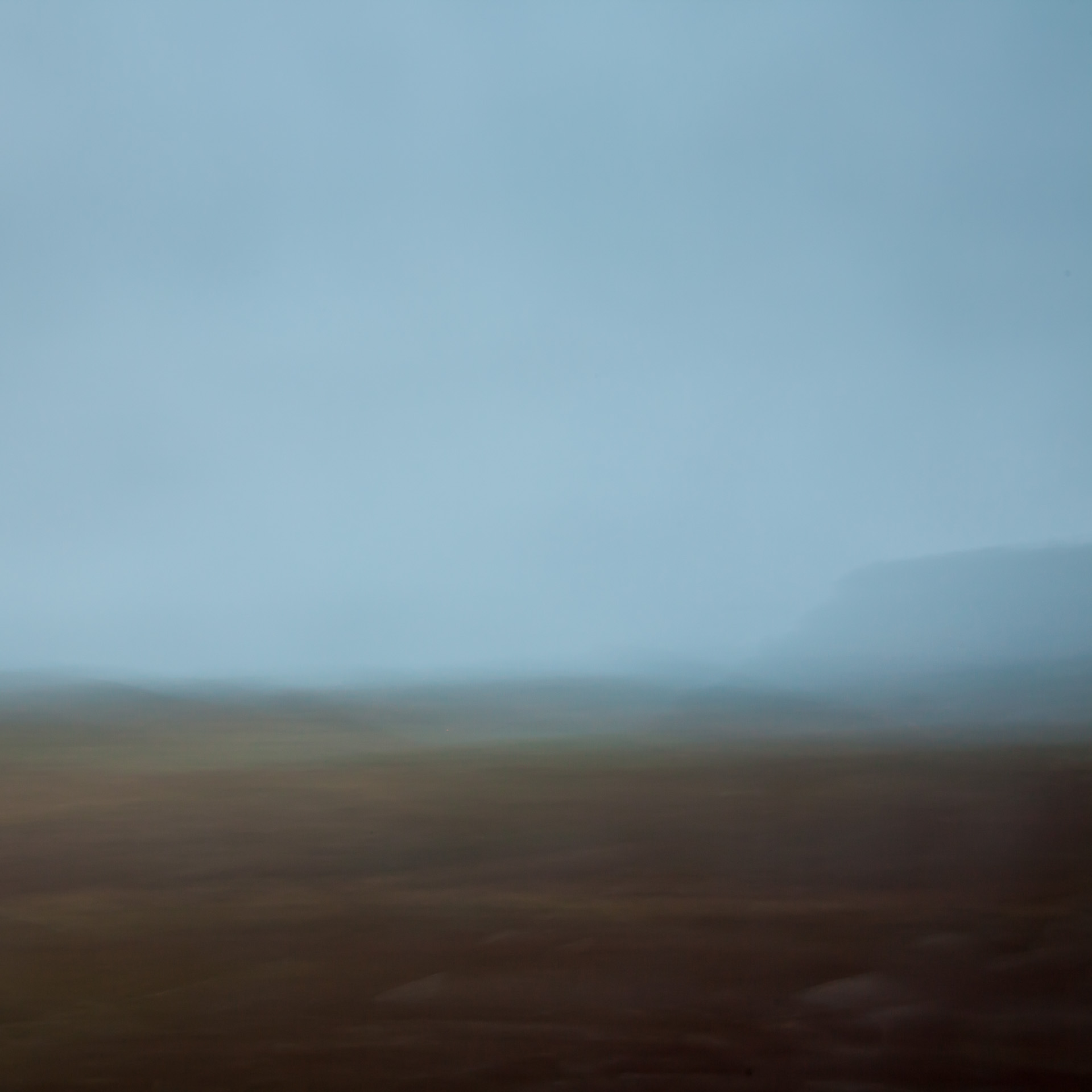In my previous post (Photography Shoot Planning: Part 1) I started this series by talking about tools.
As I said in that post I didn't want the focus of this topic to be tools. I was conscious that it may come across as talking about the tools rather than using them, a fairly common curse on the internet!
The other danger was that it made shoot planning seem convoluted when in fact most of the time I use one or two of those tools. As someone suggested, the previous post outlines the "toolbox" we have available rather than prescribing use of them all.
So in this post I'll share some thoughts on how I use those tools. Even then, given it's condensed into a blog post it might seem like there's a an awful lot to think about when in actual fact there's relatively little planning required.
Not all shoots are the same. Sometimes we dash out the door to grab a quick shot, other times it's a pre-planned day out, other times it's a trip of a lifetime. These require really quite different levels of preparation and I've structured the post around those different requirements. Again these aren't absolute, they aren't fixed, and what you need to prepare for is somewhat geography dependent. They're just to give an insight not a plan to follow (again, plans are bad, preparation is good).
Let's dive in!
Couple of Hours "Snatch and Grab"
These types of trips are quite common, and are often spur of the moment when I'm either at a loose end or the light is looking good.
My key thoughts here are that I want to minimise travel time to maximise shooting time. Over the last few years of shooting in my local area I've started to build-up a mental list of locations, what subjects I will find there (trees, rocks, waterfalls, etc.), and what time of day and weather they may look at their best.
If it's a dramatic sky I'm heading for somewhere with a bit of elevation and interesting subjects. If it's overcast I head for waterfalls, or perhaps some murky and moody shots on the hills nearby. Sometimes I don't really care what the weather is doing and I just want to get out, so the extent of my planning is picking up my car keys and my camera bag.
In previous posts I've talked about how familiarity helps. Knowing your local patch and committing to spending time there is a great way to get that "where do I go?" monkey off your back. Planning becomes as simple as thinking through that list and picking one that takes your fancy, and over time this becomes automatic and intuitive rather than conscious thought.
It's not a case of picking the "best" location because you really don't know if it or another will really be best. You just need somewhere that you think has good potential and from there let your creativity takes its course.
Prearranged Morning or Evening
I expect like many of yous, with a family and a full time job the amount of time I get out shooting is limited. Especially through winter with late sunrises and short evenings it's difficult to get time out with the camera other than at weekends.
So a morning or an afternoon at the weekend is when I do most of my photography. I normally go in the morning as this tends to disrupt family time the least as they're still in bed!
At the start of the week I'll have a look at the forecast for the weekend to see what morning is looking the most promising. What I'm generally looking to avoid is clear skies, persistent and/or heavy rain, and strong winds. What I'd prefer is partial cloud, showers or even overcast. There are other phenomenon I'll keep an eye out for - such fog or even better an inversion (where you can climb a peak and be above the "clouds"), heavy frost, snow, etc. Ultimately though I've got two days to choose from and I just need to pick the one that looks the most encouraging.
Again the type of weather helps me consider my options. Overcast? Waterfalls or woodland. Foggy? Woodland, or perhaps rocks/isolated trees on the moors nearby. Broken cloud or showers? One of the gritstone edges for an interesting sunrise and/or subsequent dramatic light. Inversion? Somewhere up high. Clear skies? Perhaps waterfalls during twilight, or most likely stay in bed!
With more time I'm able to travel further afield and so my options increase. Even then I try to keep a manageable list of locations in my head - I have my local locations, and then locations deeper into the Peak District such as Mam Tor, Padley Gorge, Stanage Edge, etc. that are between 30 and 60 minutes travel.
I want to keep travel under an hour as though I've got more time a 2 hour round trip eats into that.
Again I'm pretty familiar with the locations I'm visiting so I know how to get to them, how long it will take, where to park, how to get from the car park to the site, etc. I don't really have to think about this too much, though I try to remember to check for road closures as we have relatively few routes in/out from where I am so snow or roadworks can disrupt things quite a bit.
Multi-Location
Depending on the weather, or how I'm feeling I'll look at making my morning a multi-location trip.
If for example there's broken cloud around sunrise followed by overcast, then I'll want to be "up top" for sunrise and then go shooting woodland or waterfalls. Obviously this adds to travel time so I try to pick locations that aren't too far apart or otherwise would be on my route.
For example I'm a big fan of Higger Tor or Over Owler for sunrise combined with Padley Gorge or Bolehill Quarry for waterfalls and trees as they are literally 5 minutes drive apart. This gives me the best light combined with the (to me) more interesting secondary location.
When I do a multi-location I can sometimes be too anxious to do both locations. If things are going well at the first site it's best to banish distracting and frustrating thoughts of "is it better at site 2?". If it's good, it's good. The light could vanish while you're in transit so just make the most of it.
Scouting Trip
A scouting trip isn't really that much different from the above. I'm probably still going out on a weekend morning. Although I have a list of regular locations, I keep my eyes open for new ones and will make a note of them on a "visit one day" list along with some notes. On occasion, especially if I've been getting out to my regular spots a lot, I'll check out one of these locations or go a bit further afield.
There's normally a stimulus to adding something to my list. Perhaps I've heard there's a great waterfall, or I've seen an image with a great view, or I know there's some interesting woodland, etc. It's fair to say that I have a bit of a picture in my mind of what I will find there and so I need to banish that a little so that I can do my own thing.
Then again, I don't mind taking the expected or obvious shot to free myself to then do my exploring on the same or a subsequent trip. I probably won't have huge expectations from this trip I'm just getting a feel for the place really.
I'm probably less familiar with routes in and out, car parking, etc so I try to do some research to help me get a better feel for things. Google Maps' Satellite View can be very useful for finding parking spots as you can normally see cars parked there in the image. I'll give myself a bit of extra time to get there just in case. I'll use a digital Ordnance Survey map to see what my walking route will be, how long it is and what terrain I'll be crossing.
Weekend Trips
My weekend trips are usually spent with the family. Sometimes we go because I want to visit somewhere to make photographs, often we're just going somewhere and of course I'm going to make photographs. If it's the first, then I may get 2 or 3 sessions out with the camera. If it's the latter maybe 1 or 2.
If it's a weekend trip that I've planned, then the location will be on my "must visit list" so I'll use that and the same approach for scouting trips to prepare for those mornings. If not I will be doing a lot of research for potential in the area - studying maps, tides, images on Flickr, asking people on Twitter, etc.
If it's a coastal location, I'll often check the tides to find a date with favourable tides. "Favourable" will depend on a particular location, so looking at images on Flickr or asking people can help.
If in doubt I tend to favour a higher tide rather than a low tide. At at a lot of places you can get dark seaweed covered rocks poking out of the water which I don't find particularly appealing and images can look pretty messy. I find a high tide lends itself more readily to cleaner images.
Week Away
If I'm away for a week my preparation is the same as for a weekend trip just on a bigger scale - more days out, more locations, more preparation, more learning.
A longer period away in one place probably gives you the opportunity for repeat visits to locations which you may not find with weekends where you're still exploring. This helps get past the more obvious images to take a more creative approach.
Trip of a Lifetime
This could take a whole blog post!
Suffice to say I'd take all of the tools and use them as much as I could to really understand what I'm going to be faced with. If it truly is a "Trip of a Lifetime" then I don't want to come home feeling I didn't make the most of it through lack of preparation. Again, it's important to be wary of overplanning to the point that you don't react positively to what you do find (which will - no matter what - be different in some or all ways to what your preparation suggests).
One interesting suggestion I've heard is that reading books about a place rather than looking at images opens the mind more and gives you more inspiration without having particular images fixed in your mind. I can understand why this would be true, but I haven't tried it myself yet.
Serendipity
Let me conclude this planning post by talking about the opposite of planning - serendipity. Taking your chance, what will come to pass will come to pass and hoping for those unexpected "happy accidents". I love serendipity.
Many of my favourite images have come about through happy accident. The light catching trees on a drive home from a fruitless morning out. The tide, sun and weather coming together magically in front of me. Finding beautiful waterfalls not marked on maps. Trying something different with no expectations. An unexpected bank of fog shrouding the whole valley below.
Some of these things you can, I guess, plan for but not with much certainty. The more uncertain something is the more time it proportionately takes to plan for. Pretty soon the law of diminishing returns kick in.
Perhaps all that energy would be better spent in the landscape enjoying it first hand in the hope that something does happen. In fact is that not a large part of why we do this thing - to be out enjoying the landscape and sharing the wonder we find?
Ultimately my point in these posts is that some preparation helps to beat the odds a little. But it's the unexpected and the magical that puts a huge grin on my face and makes my most memorable images. I think the best bit about preparation is that it helps gets us out somewhere promising and then we can let nature and creativity take its course.
Summary
Hopefully that gives you some things to think about. There's a lot included here, and yet at the same time I feel I haven't done it justice. Perhaps in some ways shoot preparation is creativity itself, putting together a puzzle in your head. Every situation and location is different and so it's just not possible to be prescriptive about it.
I guess if there was one specific takeaway from this post, I think it would be about developing a mental list and appreciation of local places. Depending on where you live, "local" might mean something different to you than it does to me, but I mean somewhere not too far away that you can visit regularly.
Visiting this place and understanding its potential in different conditions is a good way to ease the pressure of "planning". I think the more we try and find new locations and expect to maximise their potential - which preparation can help with, but can't guarantee - then I think the more likely we are to be frustrated and disappointed.
Certainly since I've started exploring my local valley I've felt a lot more relaxed about my image making - in some ways it just kind of happens now. Previously I was trying to work out which corner of the Peak District I was going to go to and lacked familiarity. I'd be second guessing myself constantly no matter where I ended up.
So I think having an area that I visit regularly allows me to just get stuck into my photography without lots of planning and hopefully allows me to find things others don't and make images that look more like my images and less like someone else's. I still go further afield, but with lower expectations and more as a treat to myself rather than every week.
As some commented following my first post it can be better to let go of planning - just go, see what you find and let your creativity lead you by the hand.
In the 3rd part of this series I'll be fielding a number of reader-submitted questions as well as a few specific thoughts and pointers. If there's anything you'd like to ask just leave a comment below or drop me a mail and I'll try to include it.
Want to Learn More?
I'm currently planning - sorry, preparing! - a workshop schedule where I will pass on my experience of this and other topics. If you'd like to be among the first to hear when I release these workshop dates and special offers then please join my mailing list.
[yks-mailchimp-list id="a7524b55eb"]



